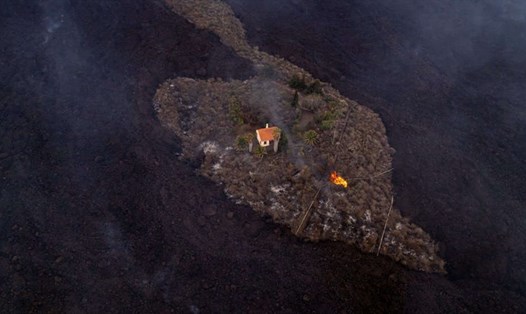Using windows that are too small or in the wrong location
One of the biggest mistakes is designing windows that are too small or placing them in the wrong location.
Small windows will limit the amount of natural light entering the space, making the space dark and stuffy. In addition, placing windows on the side that does not receive the most natural light (such as the North in temperate regions) can reduce the lighting efficiency.
Do not use indirect lighting solutions
Another mistake is focusing solely on direct lighting while ignoring indirect lighting solutions. Indirect lighting from the ceiling, walls, or floor can help diffuse light more evenly throughout the room.
A lack of light-reflective surfaces or dark interior colors can also reduce the effectiveness of natural light.
Inappropriate canopy or sunroof design
An awning that is too large or improperly positioned can reduce the amount of natural light entering the home. Similarly, a skylight that is not properly oriented or sized can cause glare in the summer or not provide enough light in the winter. This can lead to unstable temperatures and lighting inside the home.
Ignore ventilation
A common mistake is to design a space that only focuses on light, without paying attention to ventilation and air circulation.
Natural light can increase the temperature in a house without effective ventilation, causing a feeling of heat and stuffiness, especially in the summer. Windows or ventilation slots are needed to ensure air circulation, helping to regulate the temperature in the house.





